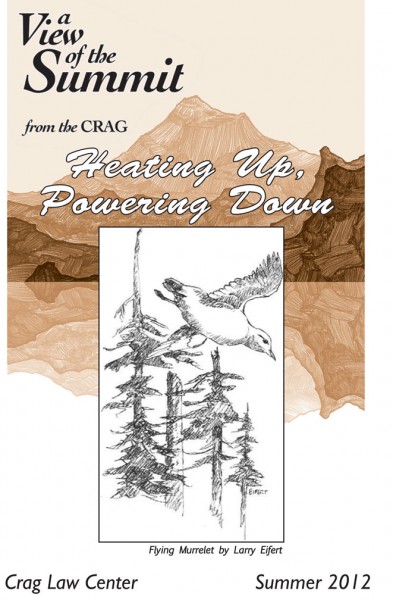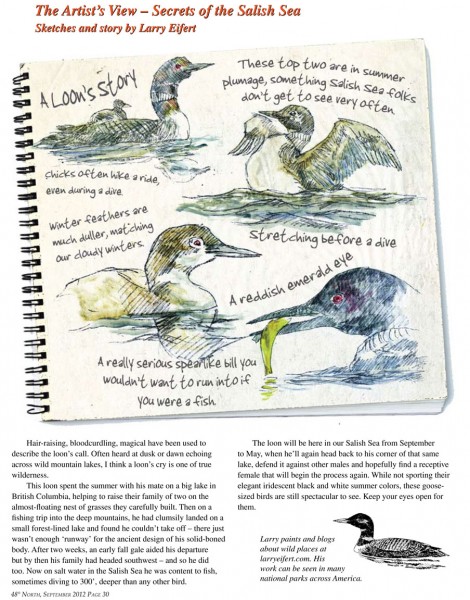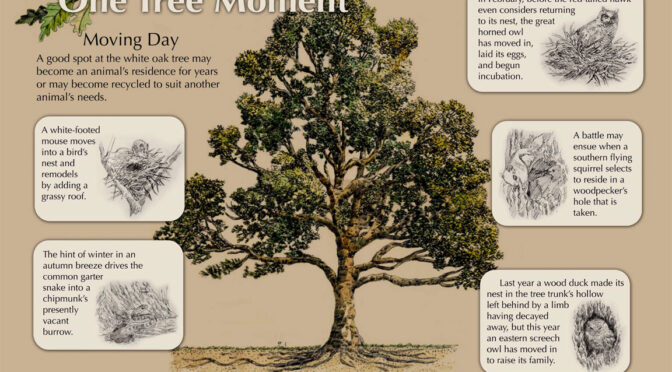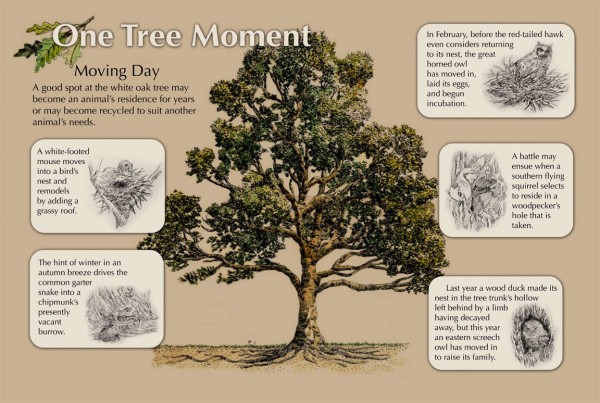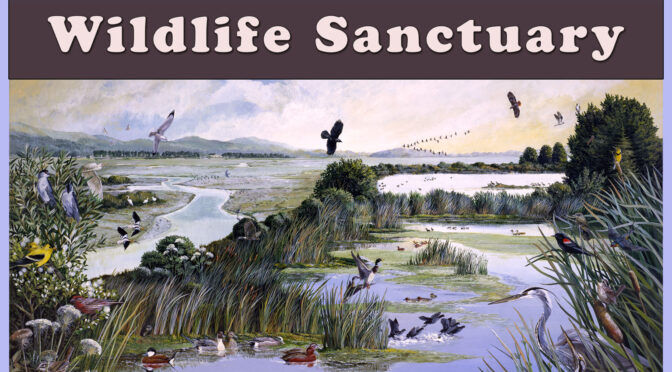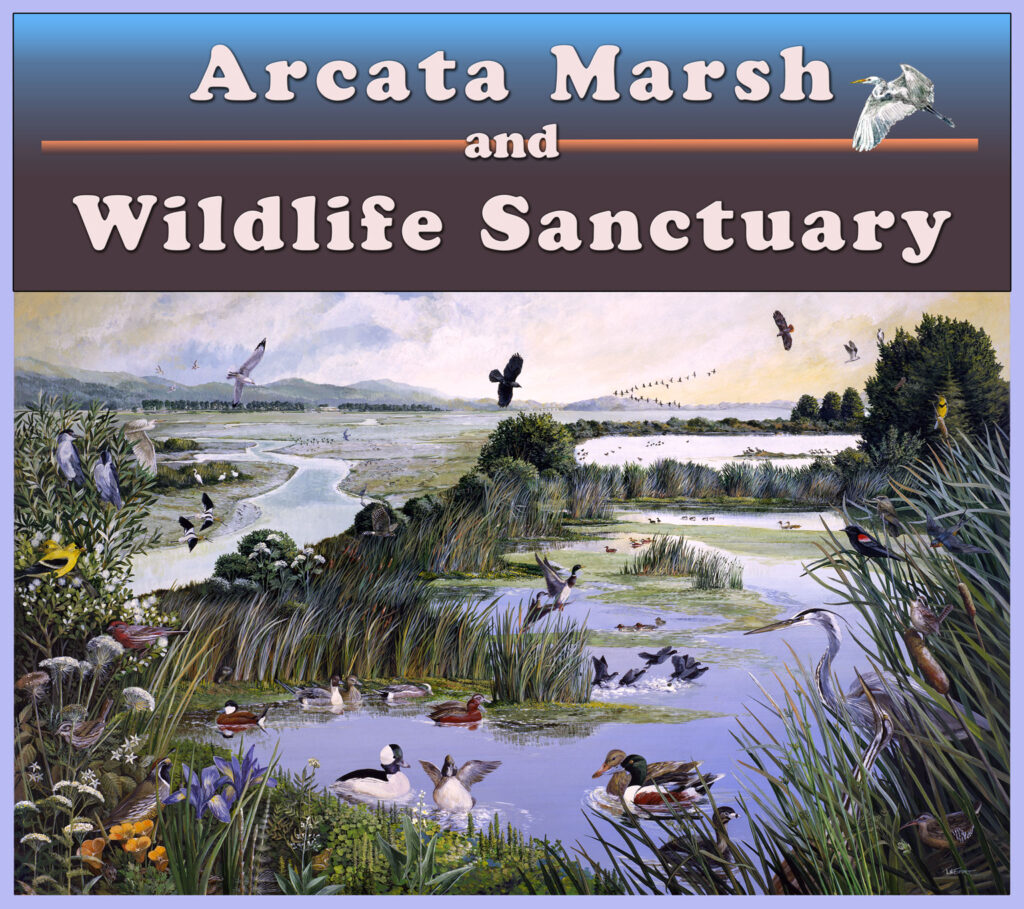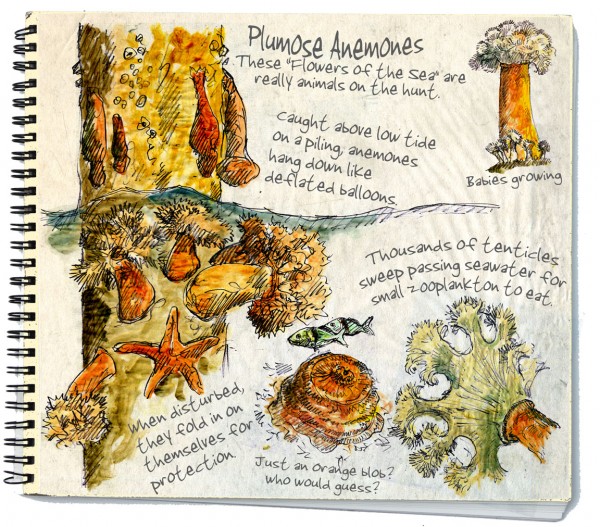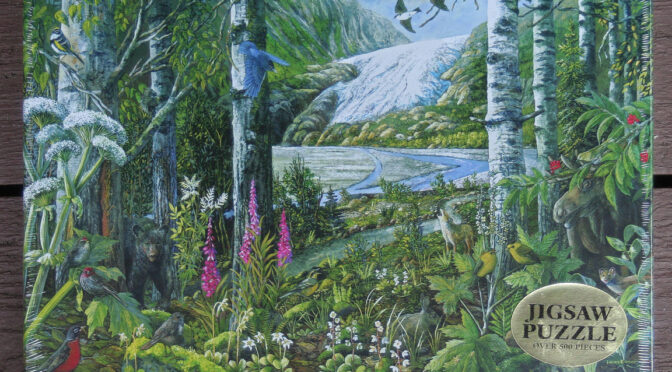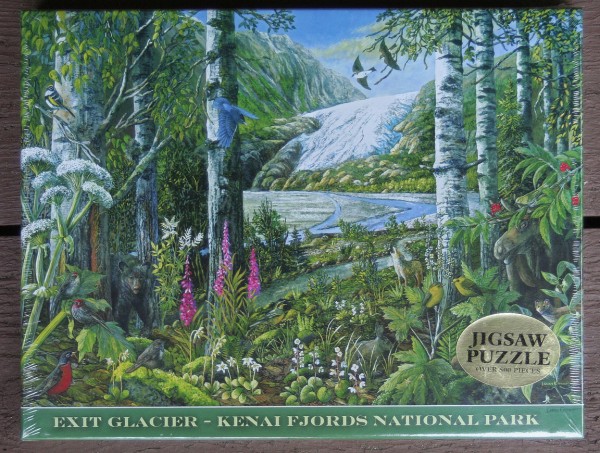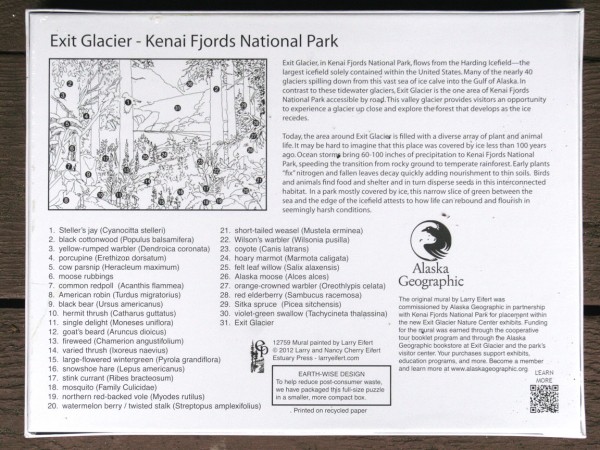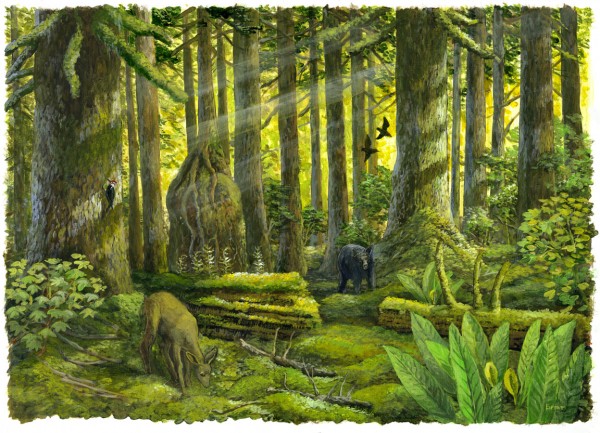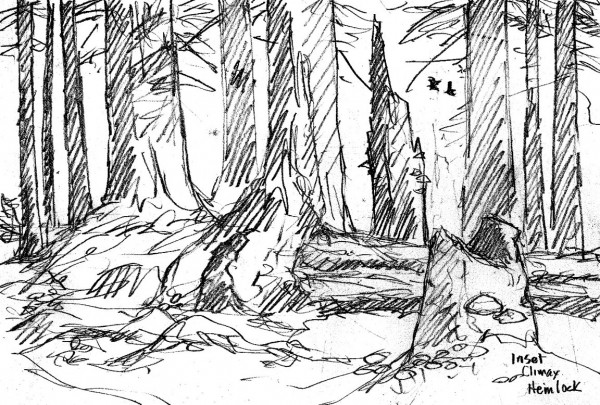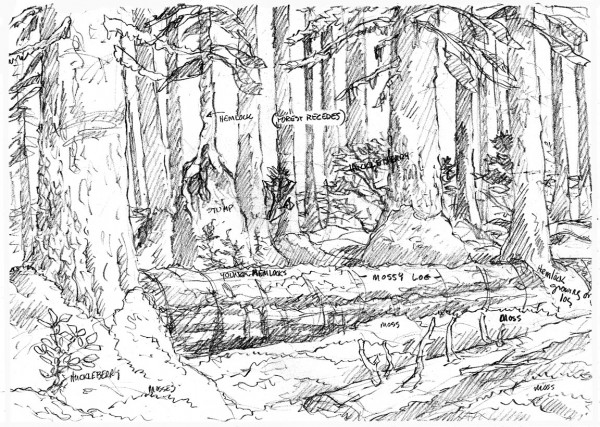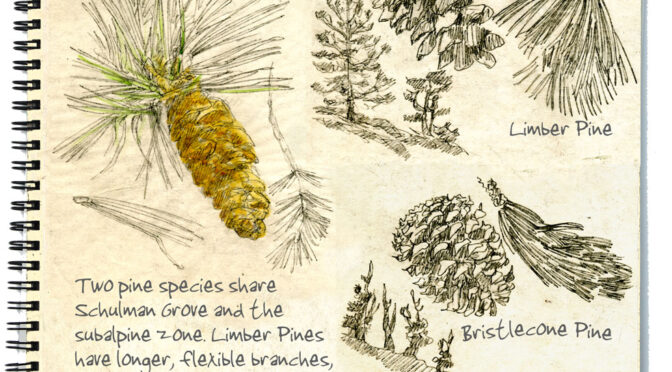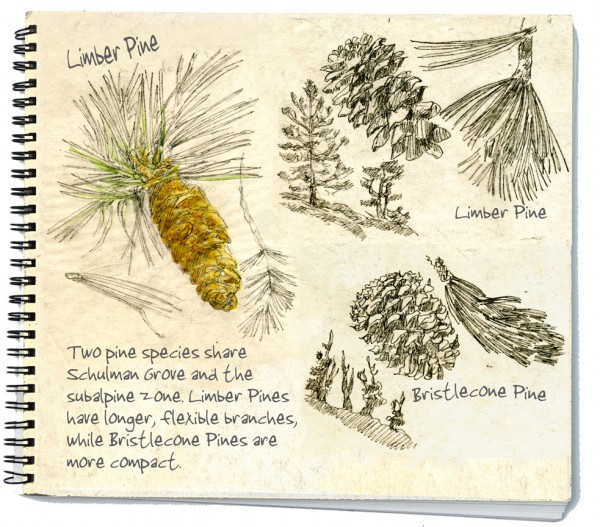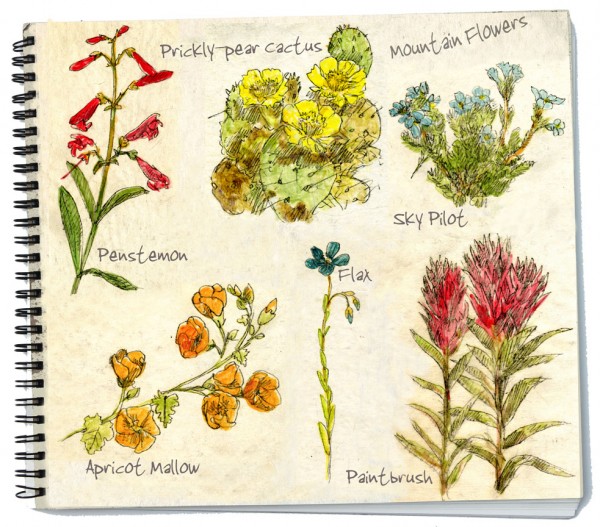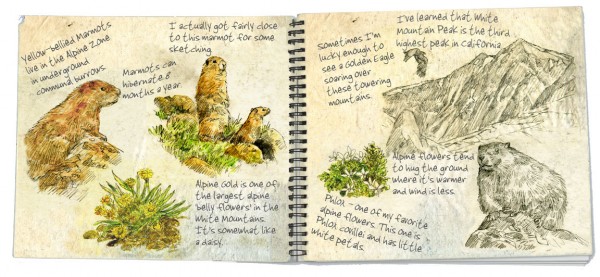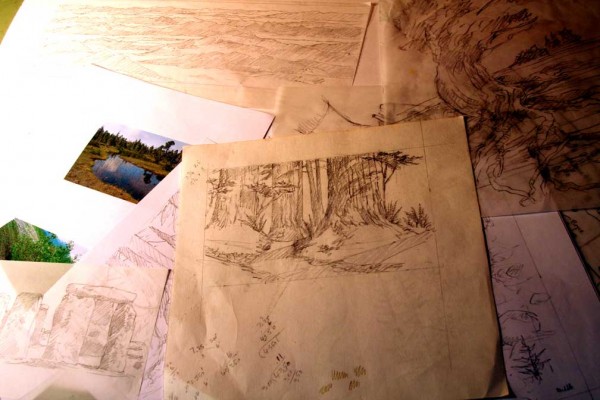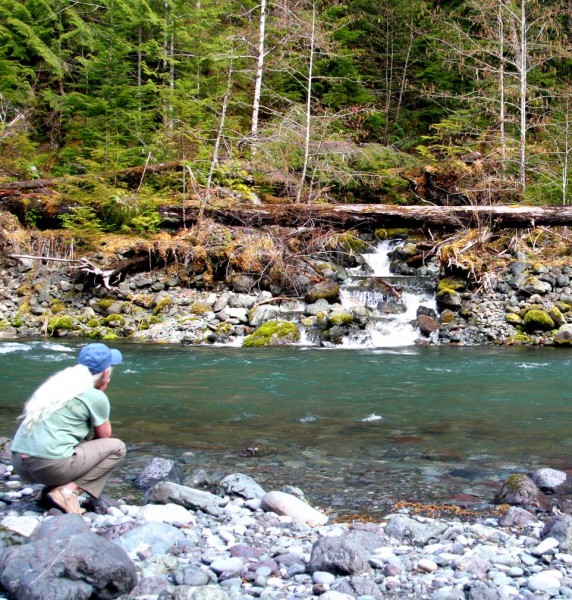I was happy and proud to donate some art recently to the Crag Law Center in Portland, Oregon for their newsletter – and here’s the result. You can see the entire newsletter here with more of my art. Crag has a staff of legal professionals that work with local and regional groups to battle against those well-heeled corporations we all love to hate. They also help community groups organize themselves in a more professional manner, and work to promote fiscally-responsible environmental conservation – plus a whole lot more. In other words, if you were a little bird in trouble like the murrelet, these are the guys you’d want to have on your side – and they are. As an artist who has spent my life painting and learning about nature, these types of donations are high on my priority list.
The pitch: If we have a new president in two months who represents not us and the nature we’re here to conserve and protect, you’re going to see a lot more of this as we all desperately battle yet-again against the forces of evil: better known as the Republicans. Why Americans continue to vote for people who are against the very citizens who vote for them in is completely beyond me, but they do. So, it will take all we have to hold on to the small gains we’ve had during the past four years. Gains? Heck, we’re not even back to what we had and where we were before the last guy drove the country into a ditch.
Thanks for reading this week.
Larry Eifert
Click here to go to the online blog this was to.
Click here to go to our main website – packed with jigsaw puzzles, prints, interpretive portfolios and lots of other stuff.
Click here to check out what Nancy’s currently working on with her photography.
